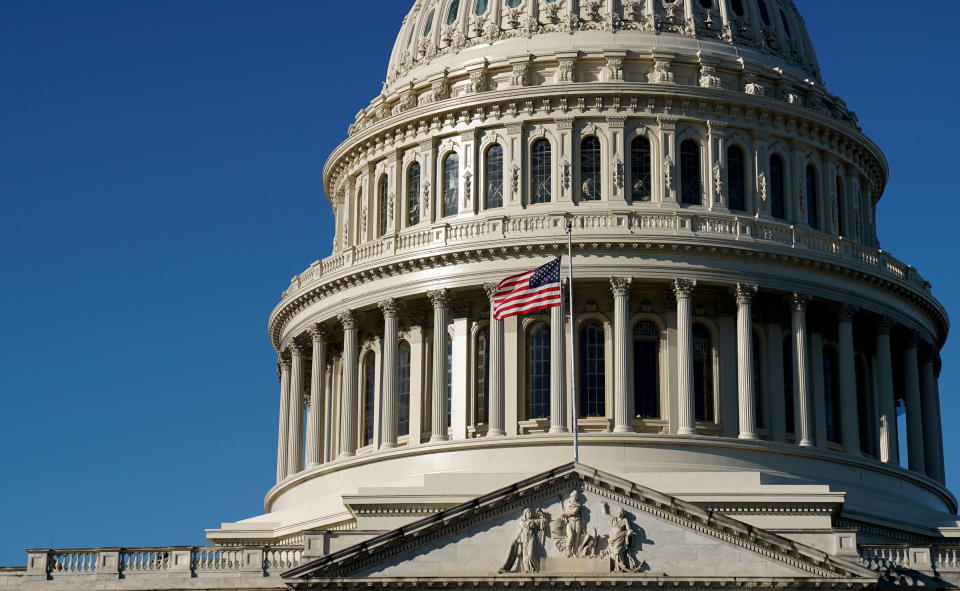A 30-Year Plan to Stabilize the National Debt

On the heels of new projections from the Congressional Budget Office showing that the federal budget deficit and national debt will continue to rise for years to come, with the debt reaching record levels relative to the size of the economy in less than a decade, a conservative budget expert has released a plan to stabilize the debt near current levels.
The detailed proposal from Brian Riedl of the right-leaning Manhattan Institute would hold the debt-to-GDP ratio near 100%, which is about the same level as it is now and below the record 106% ratio recorded in the aftermath of World War II — and far below the 236% ratio projected by the CBO in 30 years.
Riedl says his plan is intended to help the U.S. avoid a debt crisis, which will come “at some point” when “the federal government will not be able to pay its bills” due to the sheer size of the debt and related interest payments.
The plan is meant to be realistic, avoiding what Riedl calls “fantasy scenarios” put out by some conservative and liberal policymakers, while respecting the values of both. Accordingly, the proposal “has something for everyone to hate, because everything is on the table,” he writes. Taxes would increase, while spending would be reduced — a combination Rield says “is what it actually takes to stabilize the long-term debt.”
Overall, the plan leans a bit more heavily on spending cuts than it does revenue increases, settling on a roughly 60/40 ratio between the two, similar to previous efforts to establish debt reduction over the long term.
Cutting spending: Riedl’s proposal focuses on cutting spending in the major social welfare programs, reducing outlays by the equivalent of 4.4% of GDP by 2054 overall, relative to the current baseline.
The Social Security retirement age would gradually rise, reaching 69 by 2037, and benefits would be reduced for the top 60% of households by income. These and other reforms in the retirement program would save the equivalent of 1.4% of GDP by 2054.
Medicare and Medicaid would also see cuts, reducing spending by about 2% of GDP relative to the baseline. Riedl proposes a mix of efficiency reforms and benefit cuts for higher-income households for Medicare, and reduced reimbursements and spending caps for Medicaid.
Additional cuts would be produced by spending caps and reforms in both mandatory and discretionary programs.
Raising taxes: Tax hikes would boost revenues by 2.9% of GDP by 2054, relative to the baseline. The dozen or so tax changes in the plan include raising the top income tax rate to 39.6%, repealing the 20% pass-through business deduction that was part of the 2017 Tax Cuts and Jobs Act, raising the Medicare payroll tax by 1%, and extending additional funding for the IRS provided by the Inflation Reduction Act beyond 2031.
The bottom line: Riedl offers a comprehensive plan for stabilizing federal debt levels, though, as he notes, there is little chance it will be adopted in the current political climate. “Instead, this blueprint is designed for a moment in which Republicans and Democrats finally agree to sit down and together build a sustainable, bipartisan, debt stabilization blueprint,” he writes.

 Yahoo Finance
Yahoo Finance 